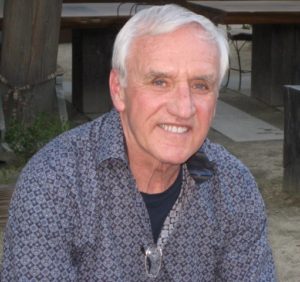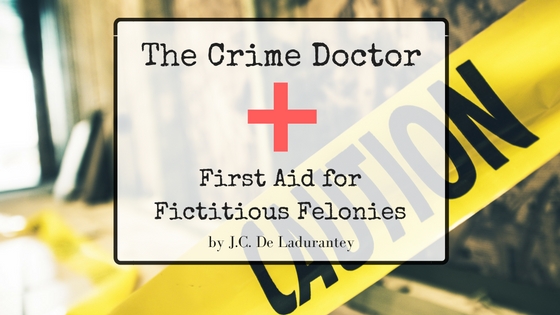,by J.C. De Ladurantey
A Glaring Oversight
I read and listen to lot of books. In the last ten years, I can honestly say none of the reads have even mentioned the polygraph, or lie detector. Why is that? The “Poly” is an extremely valuable investigative tool that no one understands, particularly writers of crime and novels. Let’s look at some of the truths and myths out there regarding its use.
What is it, Really?
Polygraph examinations use accurate electronic and mechanical instrumentation to record physiological changes in individuals subjected to interrogation. Basically, it measures and records heart rate, breath rate, and the skin’s electrical conductivity. These physiological changes, triggered by interactions in the autonomic nervous system, occur when an individual who fears detection attempts to conceal the truth. Okay, enough of the technical stuff!
Common Usage
No one can be forced to submit to a poly, but it is sometimes utilized as a condition of employment for jobs requiring a certain clearance level. Those on drugs of any kind or those considered mentally disordered are inappropriate for examination. The poly does not guarantee the truthfulness or untruthfulness of answers. It is not infallible. It simply reflects whether the examiner believes the person is telling the truth based on analysis of the charts. Results are generally classified as truthful, untruthful, or inconclusive.
In criminal cases, detectives brief the polygraph examiner in detail about the facts and the role the subject plays. Suspects, victims, witnesses, and even informants might be asked to sit for the examination. While the poly might not identify the criminal directly, it often can eliminate a person from consideration as a suspect in a crime. That is why utilizing the poly early in the investigation helps reduce unnecessary investigative time.
The Examination
The relationship built between the examiner and the examinee is key to the success or failure of the polygraph. Rapport is necessary as examiners have no ‘dog in the fight’. They only deal with truthfulness. In the interview, the examiner will ask every question several times and require only ‘Yes or No’ answers. The examiner prepares the questions in advance and creates a sequence to best identify possible untruths. They begin by asking base-line questions such as: Is your name Megan Haskell? Do you live in the City of Orange? etc. Once the examiner sees how the person responds to questions they can agree are truthful, then they proceed to the areas of concern in the investigation.
A good examination takes from two to three hours or more based upon the complexities of the case. The results of a polygraph test are not admissible as evidence in a court of law. So why do them? As we discussed, it can eliminate subjects from consideration early in the investigation. It can also verify a victim’s or witness’s statements. Lastly, the key to the polygraph is the relationship between the examiner and examinee. When confronted with inconsistencies in the examination, an individual is more likely to admit to the truth. It is then incumbent upon the examiner to advise the detectives of the eventual outcome. In most cases, detectives monitor the examination from another room and know how to proceed after the examination is completed.
So now you know how it is supposed to be…take your liberties at your own peril!
***

J.C. De Ladurantey, Author
Dr. Joseph C. De Ladurantey is a retired Chief of Police for the City of Irwindale, California. With over 40 years in law enforcement, and a Ph.D. in Public Administration and Public Management, he brings a broad range of real-world experience to the classroom and keyboard. He has published two textbooks, written several articles for professional publications and is in possession of too many unfinished manuscripts for other books. He published his first crime novel, Cowards, Crooks, and Warriors, in April 2015.
Since 2011 he has hosted a radio show “Making Your Memories” on Orange County radio station KSBR, 88.5 FM specializing in Rock & Roll and Doo Wop music of the 1950’s and early 60’s.
He resides with his wife Sandra in San Juan Capistrano, California.
**O.C. Writers is a member of Amazon Associates. By clicking any of the book links on this site, the network earns a small commission from your purchase.


